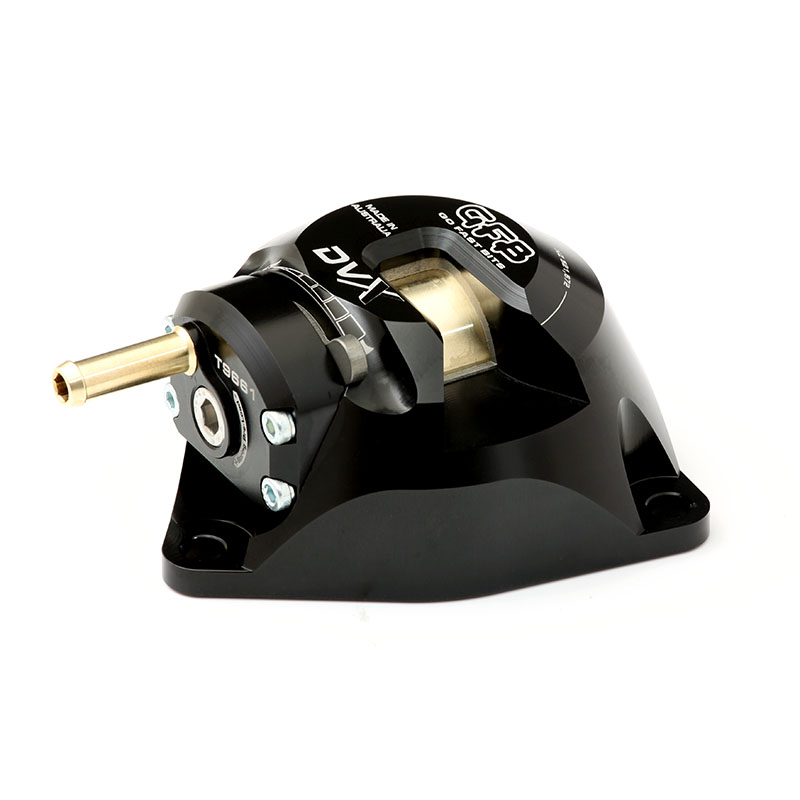But there’s a limit – once you’ve bled off most (or all) of the boost reference signal, there’s nothing left to control the wastegate – the feedback loop is gone, or at least seriously compromised.
This limit occurs sooner than you’d think. For example, it is not uncommon for a small factory turbo with a gate pressure of 7psi to make around 12-13psi stock, which fits within the “rule of thumb”. However, turn the boost up to 16psi and you’re at more than double the gate pressure, and the boost reference signal to the wastegate would be no more than 2-3psi.
Remember that the wastegate uses this reference signal to regulate boost pressure and compensate for variations. But since the reference signal has been slashed from 16psi to 2-3psi, the boost controller’s “authority” over the wastage is significantly diminished, and variations in boost pressure cannot be effectively corrected to maintain stable boost.
Push this same turbo to 18psi and the boost controller is now just a passenger!
Once the boost pressure is more than double the gate pressure, external variables that typically affect the turbo’s ability to make boost (i.e. atmospheric temperature/pressure, engine RPM and load, exhaust backpressure etc) cannot be effectively corrected for and boost control becomes less stable. Spool up will not be as aggressive (since the wastegate will be blown open by the exhaust pressure), peak boost may differ from one day to the next, and boost will likely drop off significantly at high RPM.





